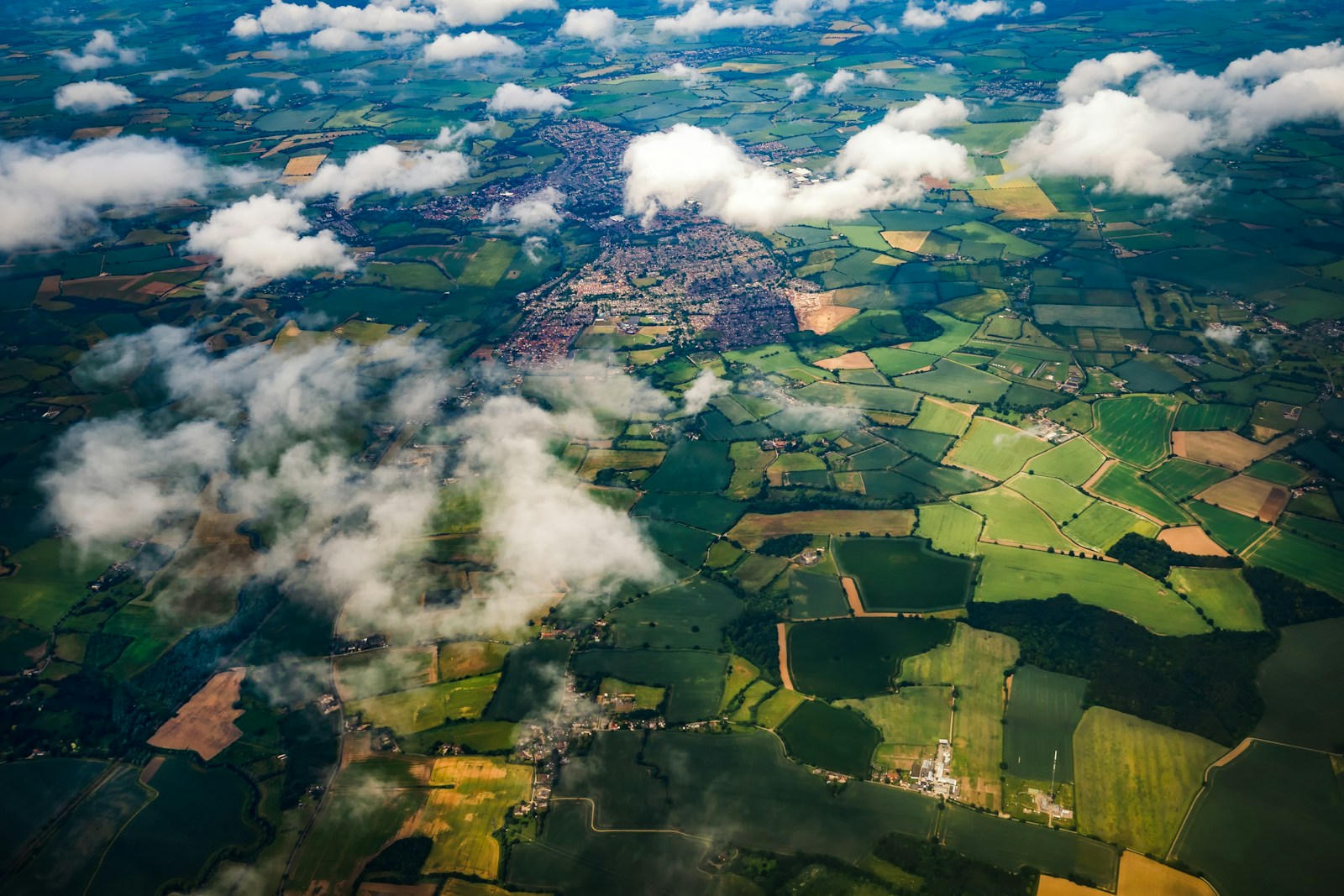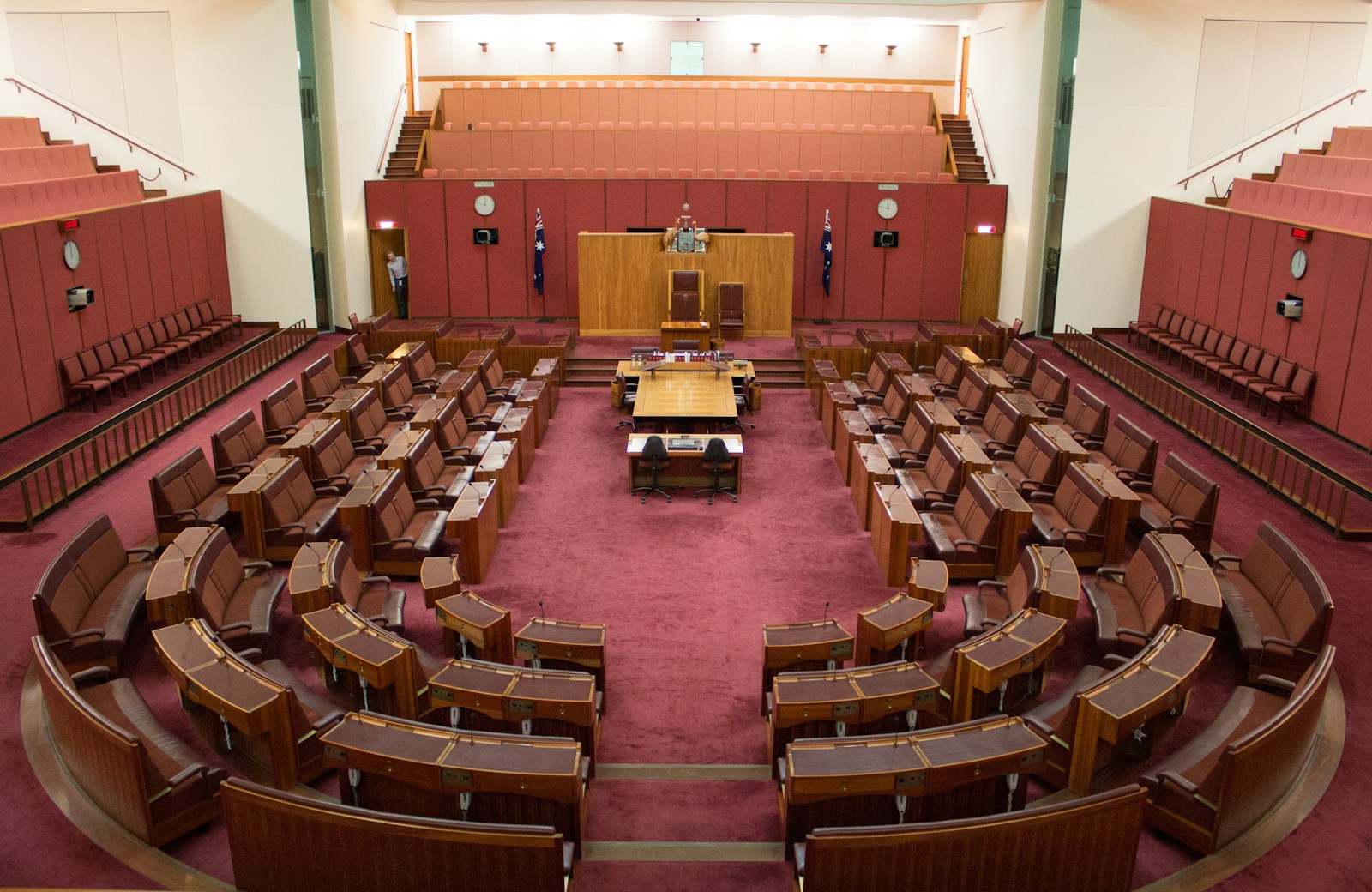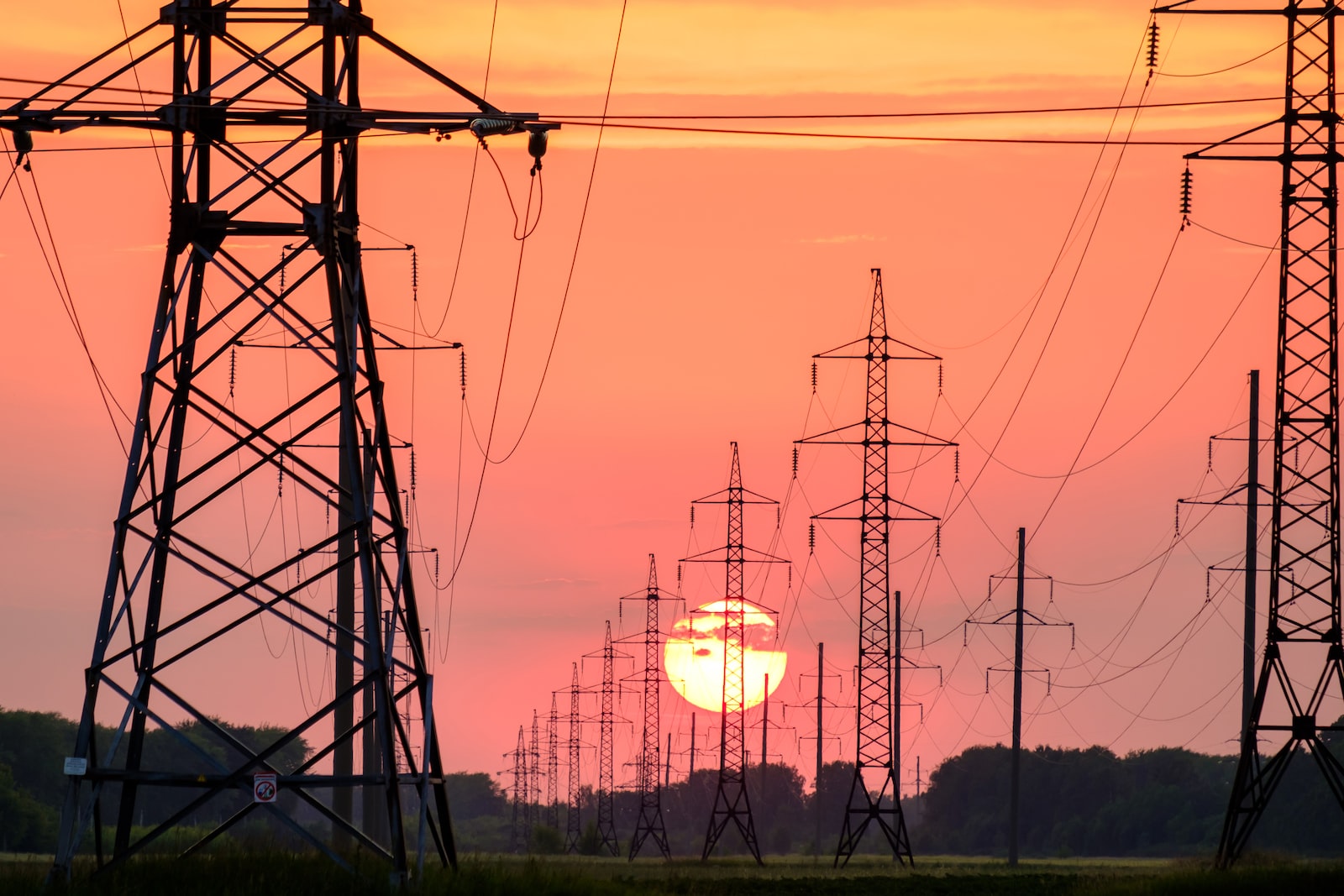In a recent round of estimates I asked the Environment Department for their workings as to how net zero is calculated.
In recent decades has been a lot of arguing over the rate of emissions but I have seen very few people actually question the quality of the measurements.
I know of at least one well respected scientist who thinks that Australia is net zero four times over and I have to say I find it hard to believe how Australia isn’t already there given the vast size of our country relative to our population.
More at: https://www.spectator.com.au
Environment and Communications Legislation Committee
28/05/2024
Estimates
CLIMATE CHANGE, ENERGY, THE ENVIRONMENT AND WATER PORTFOLIO
Department of Climate Change, Energy, the Environment and Water
Senator RENNICK: Hi, guys. How are you going? I’ll just follow up on all those questions about emissions targets and things like that. Are those targets and calculations used to calculate emissions and offsets, given that we’re going to net zero? Are those calculations audited? Is it possible to provide a copy of how those calculations are performed? We’re all just sitting here talking about emissions, but no-one’s actually looking at the detail.
Senator McAllister: Are you talking about the reports on emissions in the past or the projections for emissions in the future?
Senator RENNICK: I’m talking about the actuals. Let’s say, for example, that we’ve reduced emissions by 30 per cent since 2005 or whatever. I’m happy to look at the modelling as well, because, in theory, that should be very close to the actual calculations. What I want to know is: when you’re calculating these figures, what assumptions do you use? They shouldn’t be assumptions; they should be facts. What calculations do you use? Let’s say Australia is 7.7 million square kilometres. It’s made up of x square kilometres of rainforests, mangroves, grasslands, crop lands and natural forests et cetera. Is there documentation on how much carbon dioxide per biodiversity area—per biosphere—each acre or square kilometre absorbs? In terms of calculating our emissions, how do you go about calculating what CO2 emissions come from each sector—whether it’s mining, agriculture, consumption in cities or public transport in cities et cetera? Have you got it working? I did ask the CSIRO for this, and they gave me a heap of financial modelling. I’m not after the financial modelling. I’m after the raw calculations used to calculate emissions produced by Australia and then the natural offsets.
Ms Rowley : Sure. You might be pleased to know we publish a very extensive report each year on Australia’s greenhouse gas emissions. It’s called our National inventory report.
Senator RENNICK: I have read that.
Ms Rowley : That runs to many hundreds of pages and sets out, in quite a lot of detail, both the data sources, methods and the resulting emissions for Australia’s greenhouse gas emissions over the period since 1990. It produces a full-time series each time. That’s probably the best single source—to go to the questions that you’re asking. It includes extensive treatment of Australia’s land sector, which covers different land uses and types, as you referred to. It sets out both the kinds of areas associated with different activities and the consequent emissions and sequestration associated with those activities. We do all of that work in accordance with the rules of the UNFCCC—the United Nations Framework Convention on Climate Change—including the Paris Agreement, and guidance provided by the IPCC, or the Intergovernmental Panel on Climate Change.
Senator RENNICK: Do your emissions include the offsets? Let’s say we’ve got a square kilometre of rainforest. I’m assuming rainforest would be absorbing more, rather than emitting more. Do you have a measurement by area or size of: ‘This is what this particular area emits, and this is what it absorbs’?
Ms Rowley : It sets it out by land type and land use activity, and it sets out areas. Then we also present both emissions and sequestration for different types of land use across the country. We use the term ‘sequestration’ rather than offsets, because offsets is a different concept. I’ll briefly address the question you had about audit and then see if my colleague wants to add any specifics. Australia’s Greenhouse Gas Inventory is subject to independent expert review each year as part of the UNFCCC.
Senator RENNICK: Who does that?
Ms Rowley : UN experts—inventory experts from other countries.
Senator RENNICK: Hmm, experts. Yes, okay.
Ms Rowley : Yes. We do like to use experts for these sorts of tasks. Part of the UN climate change framework is that countries are obliged to report, but that’s also subject to independent scrutiny so that we can all have confidence in each other’s inventories and can learn from each other.
Senator RENNICK: Thank you for that. You can take this on notice: in that inventory report, can you refer me to what page it’s broken down line by line. Could you also indicate, using whatever the measurement or the scale is—say it’s a square kilometre of rainforest—how much CO2 that either absorbs or emits, so I can take it to my so-called experts and say, ‘Do you agree with the idea that this rainforest only absorbs, say, five kilograms of CO2 per square kilometre?’ Do you know what I’m saying? I want to actually audit independently from your experts and get my experts—because often experts disagree—to use the actual calculations used in the amount of CO2 either emitted or absorbed by whatever scale or unit you’re using. Is that possible?
Ms Ford : The only thing that I’d probably want to add is that there’s also a website which has a lot of detail that you are able to—
Senator RENNICK: I love the detail. That’s what I want.
Ms Ford : As Ms Rowley said, we report our emissions consistent with our Paris Agreement obligations, which require us to report under different IPCC categories. Those categories have a range of information about emissions from different sources and also the sequestration and storage that occurs that is associated with those storages. That website is the Australian National Greenhouse Accounts website.
Senator RENNICK: Can you put all that down on notice for me?
Ms Ford : Sure, but, in the meantime, because it does take a little while to respond to some of these questions on notice, I’d refer you to the Australian National Greenhouse Accounts website. The user can go through there and have a look at the net emissions reported under those different categories. As Ms Rowley said, there is a range of information that’s included in the National Inventory Report about the calculations that are used to put together our estimates, which you might also find useful. To be able to respond to your exact questions, we would have to have a detailed look through the inventory to see if we can pull that out for you.
Senator RENNICK: If you could, I’d appreciate it. That would be great.






























